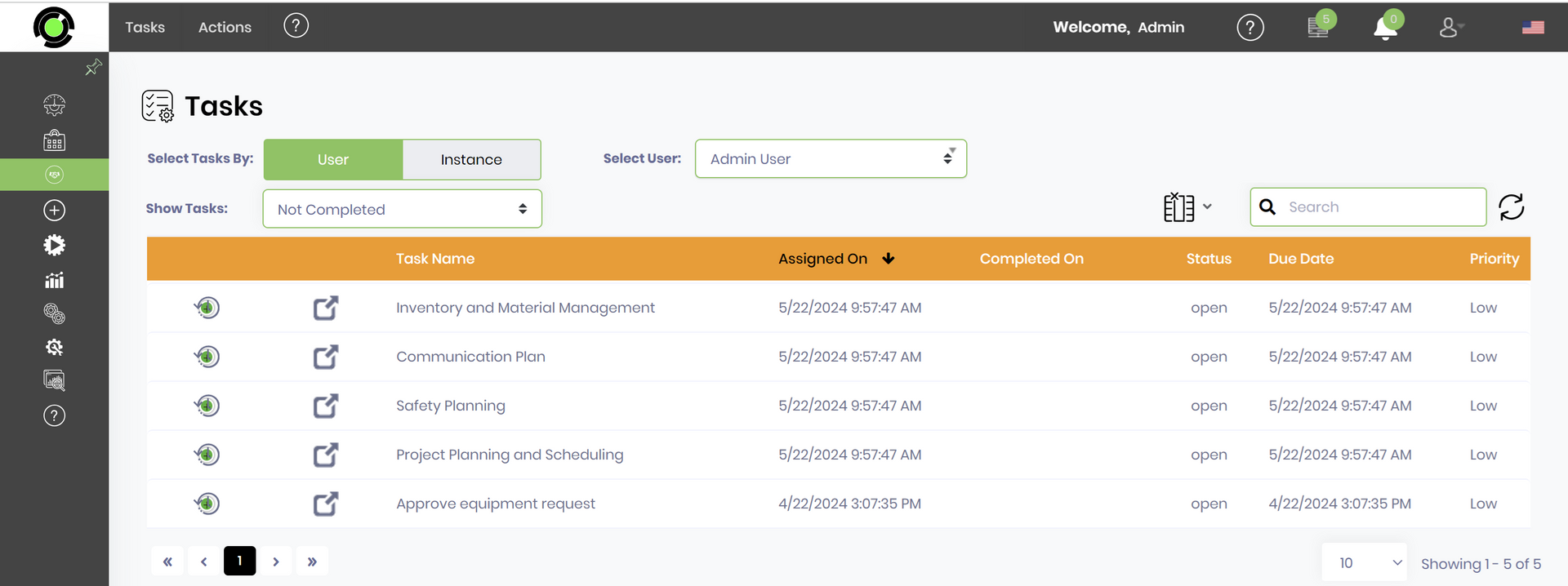Process automation can significantly enhance efficiency, reduce costs, and improve accuracy within an organization. However, implementing process automation has some challenges. From technical hurdles to human resistance, organizations must navigate various obstacles to achieve successful automation. We highlight some challenges in process automation and offers insights into how to circumvent them effectively.
1. Avoiding Complexity of Workflows
One of the primary challenges in process automation is the complexity of existing workflows. Business processes can be intricate, involving numerous steps, conditional logic, and interdependencies. Automating such complex workflows requires a thorough understanding of the process, careful planning, and sophisticated automation tools.
Proposed Solution:
- Conduct a comprehensive process analysis to map out all steps and dependencies.
- Simplify processes where possible before automation.
- Use advanced automation platforms like FlowWright, which offer robust capabilities for handling complex workflows.
2. Possible Automation and Legacy System Integration Issues
Integrating automation solutions with existing systems and applications is another significant challenge. Organizations often use a variety of software and platforms that need to communicate seamlessly for automation to be effective.
Proposed Solution:
- Choose automation tools that offer strong integration capabilities with popular enterprise systems.
- Leverage APIs and middleware to facilitate communication between different systems.
- Plan and execute integration in phases to manage complexity and minimize disruptions.
3. Automation Data Management
Effective process automation relies heavily on accurate and timely data. However, managing data can be challenging, especially when dealing with large volumes, diverse data sources, and varying data formats.
Proposed Solution:
- Implement robust data management practices, including data cleaning, normalization, and validation.
- Use automation tools that support comprehensive data handling features.
- Ensure data governance policies are in place to maintain data quality and security.
4. Minimizing Team Resistance to Change
Human resistance is a common barrier to the successful implementation of process automation. Employees may fear job loss, changes in their roles, or the disruption of established routines.
Proposed Solution:
- Communicate the benefits of automation clearly to all stakeholders, emphasizing how it can enhance productivity and job satisfaction.
- Involve employees in the automation planning process to gain their input and buy-in.
- Provide training and support to help employees adapt to new technologies and workflows.
5. Automation Security Concerns
Automating business processes often involves handling sensitive information, which can raise security concerns. Ensuring the security and privacy of data is paramount in any automation initiative.
Proposed Solution:
- Implement robust security measures, including encryption, access controls, and regular security audits.
- Choose automation tools that comply with industry standards and regulations for data security.
- Educate employees about best practices for data security and privacy.
6. How Automation Supports Scalability
As organizations grow, their automation needs evolve. Ensuring that the automation solutions can scale to meet increasing demands without compromising performance is a critical challenge.
Proposed Solution:
- Select automation platforms that are designed to scale easily, both in terms of handling larger volumes of tasks and integrating with additional systems.
- Regularly review and update automation strategies to align with organizational growth and changes.
- Invest in scalable infrastructure to support expanding automation initiatives.
7. Example Cost Savings With Workflow Automation
While automation can lead to significant cost savings in the long run, the initial investment in automation tools, infrastructure, and training can be substantial. Managing these costs effectively is crucial for realizing the full benefits of automation.
Proposed Solution:
- Conduct a thorough cost-benefit analysis to understand the financial implications of automation.
- Start with automating high-impact, repetitive tasks to achieve quick wins and demonstrate value.
- Consider flexible pricing models offered by automation vendors to manage costs effectively.
8. Maintaining Workflow Automation Systems
Once automation systems are in place, maintaining them can be challenging. This includes keeping the systems up-to-date, managing changes, and troubleshooting issues as they arise.
Proposed Solution:
- Establish a dedicated team responsible for the maintenance and support of automation systems.
- Implement monitoring tools to track the performance of automation processes and identify issues early.
- Regularly review and update automation scripts and configurations to adapt to changing business needs.
Increase productivity, reduce costs, and achieve better overall performance by finding the right solutions for you. With a focus on efficiency, organizations can achieve their goals more effectively and maintain a competitive edge in their industry. Keep reading our blog for our latest process management tips, and check out our business process automation software to learn more!







